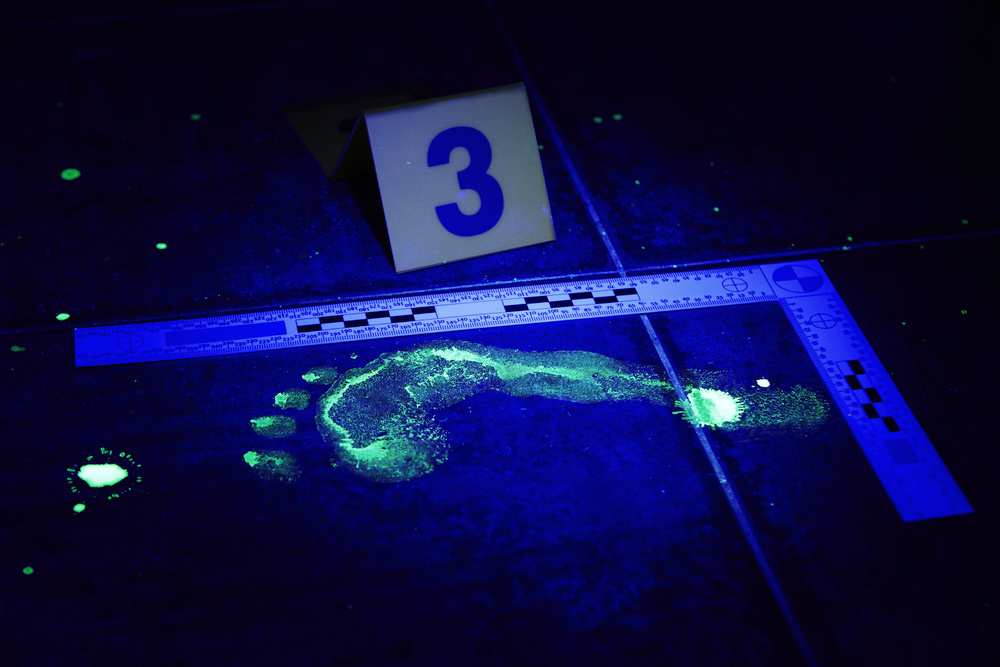You have no items in your shopping cart
Unleashing the Glow: Exploring Luminol Experiments
- Posted on
- By Laboratoriumdiscounter
- 0

Introduction: If you've ever been captivated by the mesmerizing glow of crime scene investigations or forensic TV shows, then you're likely familiar with luminol. Luminol is a fascinating chemical compound that exhibits a unique blue glow when it comes into contact with certain substances. In this blog post, we'll dive into the exciting world of luminol experiments and discover the magic behind its luminescent properties.
Understanding Luminol: Luminol, with its scientific name 5-amino-2,3-dihydro-1,4-phthalazinedione, is a crystalline powder that is often used in forensic science to detect traces of blood. When mixed with an oxidizing agent, such as hydrogen peroxide or sodium perborate, and a catalyst, such as potassium ferricyanide, luminol undergoes a chemical reaction known as chemiluminescence. This reaction releases energy in the form of light, resulting in a beautiful blue glow.
Materials Needed: To embark on your luminol experiments, gather the following materials:
- Luminol powder
- Oxidizing agent: hydrogen peroxide (3% solution)
- Catalyst: potassium ferricyanide (optional, enhances the glow but is toxic when mixed with acid)
- Distilled water
- Safety goggles
- Protective gloves
- Spray bottle or dropper
- Dark room or area with minimal light
- Objects or substances for testing (e.g., iron filings, copper sulfate solution, bleach, or fruit/vegetable extracts)
Experiment Ideas:
-
Luminol Spray: Prepare a luminol solution by dissolving luminol powder in distilled water. Add a small amount of hydrogen peroxide or sodium perborate to the solution and mix well. Transfer the solution to a spray bottle or use a dropper to apply it to various surfaces or objects. Turn off the lights and observe the captivating blue glow as the luminol reacts with any blood traces or other substances present.
-
Glow-in-the-Dark Art: Create luminous artwork by using luminol as a paint or ink. Mix luminol powder with a small amount of hydrogen peroxide and a suitable solvent, such as alcohol or water. Use brushes, sponges, or even spray bottles to apply the luminol mixture onto a canvas or paper. Then, in a dark room, add a catalyst by spraying or applying a solution of potassium ferricyanide. Watch as your artwork comes alive with an ethereal blue glow.
-
Luminescent Reactions: Explore the luminescent properties of luminol by mixing it with various substances. For example, dissolve luminol in water and add a few drops of copper sulfate solution or bleach. Observe the color changes and glow intensity as the luminol reacts with these substances. You can also try extracting pigments from fruits or vegetables and mix them with luminol to see if they produce different colors or intensities of luminescence.
Safety Considerations: When working with luminol and its components, it's important to prioritize safety. Wear safety goggles and protective gloves to avoid direct contact with the chemicals. Handle potassium ferricyanide with extra caution, as it is toxic. Work in a well-ventilated area and avoid ingestion or inhalation of the chemicals. Dispose of waste materials responsibly, following local regulations.

Comments
Be the first to comment...